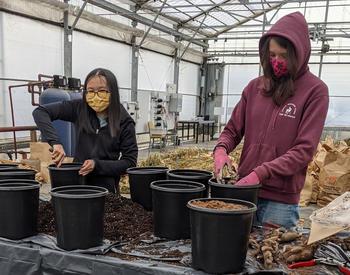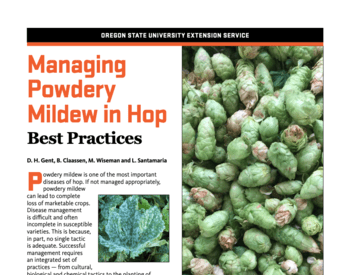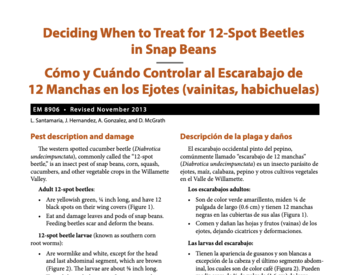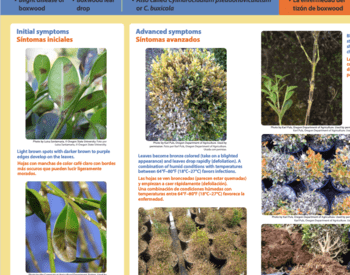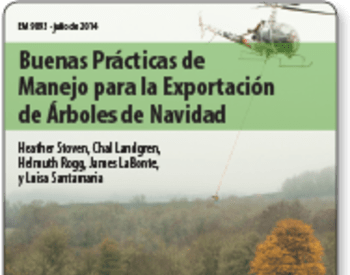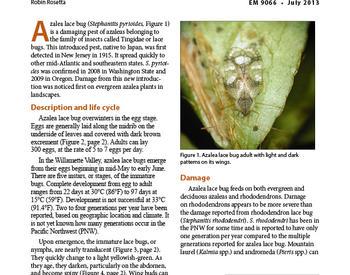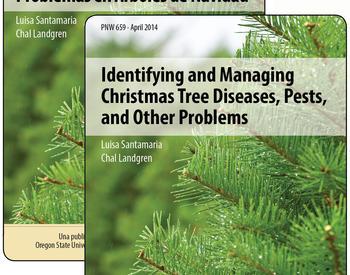Biography
Luisa Santamaria studied biology in her native Ecuador. Her interest in agricultural microbiology motivated her to pursue a graduate degree in the US. Luisa has conducted research in diverse areas, studying populations of nitrogen-fixing, free-living microorganisms, tissue culture in ornamentals, somaclonal variation and resistance screening for root-knot nematodes in Solanaceae, Phytophthora phaseoli epidemiology on lima beans, and screening of lima bean germplasm for resistance to races of P. phaseoli. She joined OSU in 2009, where she has created a new, bilingual, plant health program for the nursery and Christmas tree industry of Oregon and develops bilingual, educational material for her audiences. Her current research is on soil-borne pathogens (Phytophthora, Pythium, & Verticillium spp) in ornamental nursery crops. In the last three years, Luisa has expanded her interest to the isolation and characterization of cyanobacteria from agricultural waters and soils. She offers research experience to high school and community college students interested in any of these areas. Links of interest: Healthy Plants & Bilingual Education website Extension Publications – EESC _ OSU Extension catalog: Azalea Lace Bug - English fact sheet Azalea Lace Bug - Spanish fact sheet Azalea Lace bug - Bilingual poster English-Spanish Boxwood blight in commercial nursery production - English fact sheet Boxwood blight in commercial nursery production - Spanish fact sheet & Mobile-friendly pdf Boxwood blight in commercial nursery production - Bilingual poster Identifying and Managing Christmas Tree Diseases, Pests, and other problems - Field book _ Bilingual publication English-Spanish Best Management Practices for Christmas Tree Export - Bilingual publication English-Spanish Deciding when to treat for 12-spot beetles in snap beans_ Bilingual fact sheet Social Media: Facebook | YouTube


